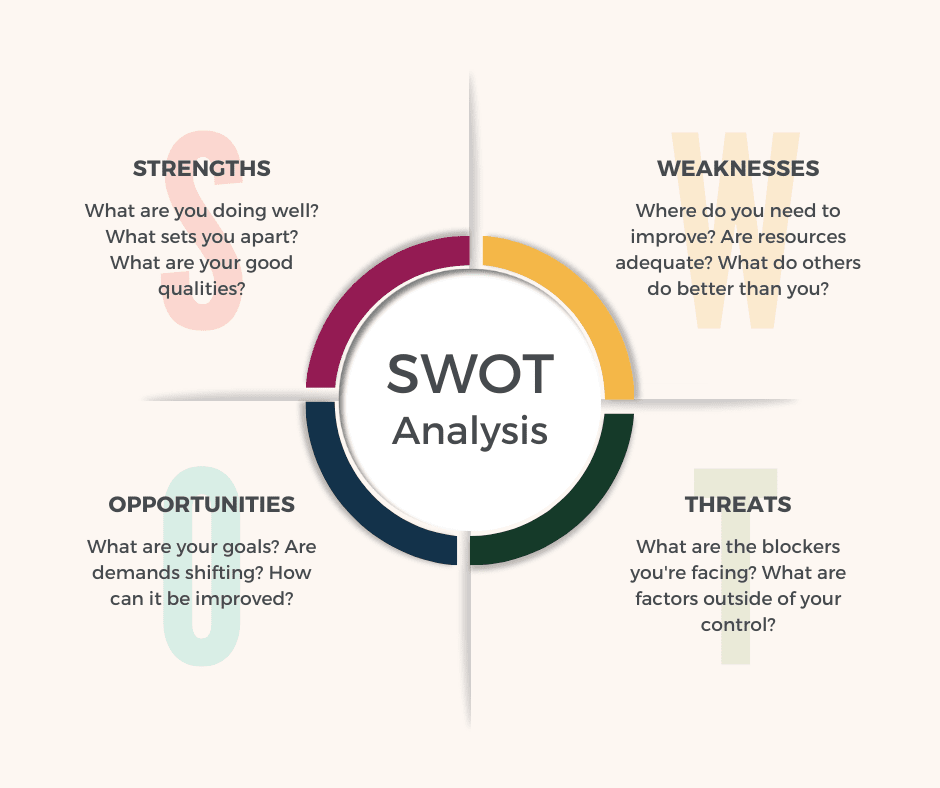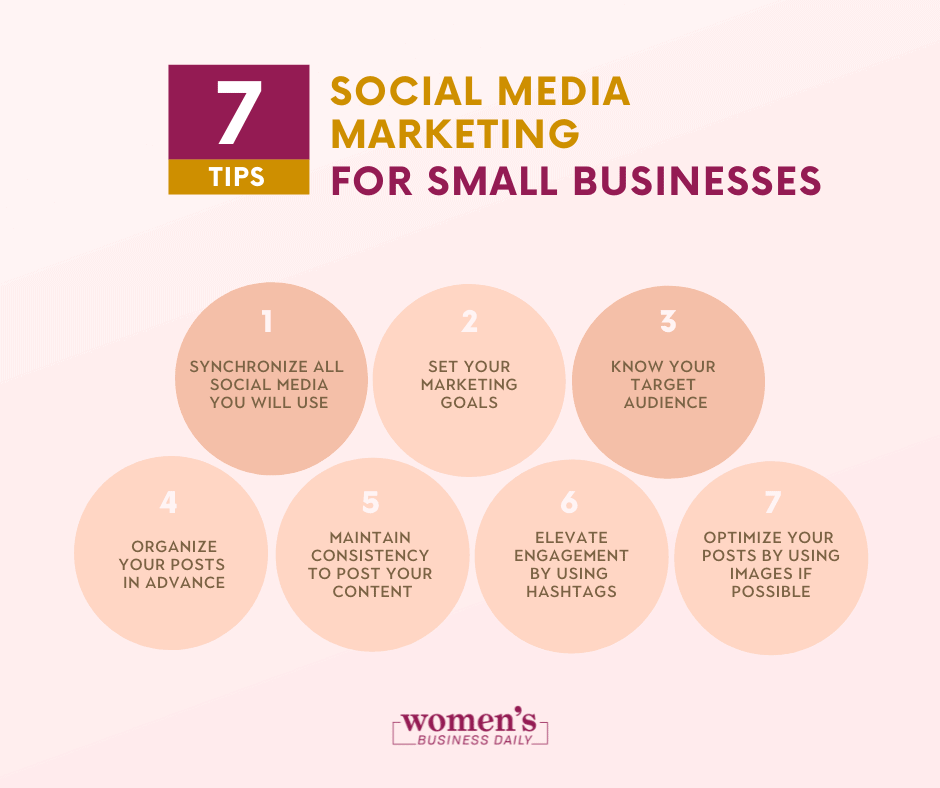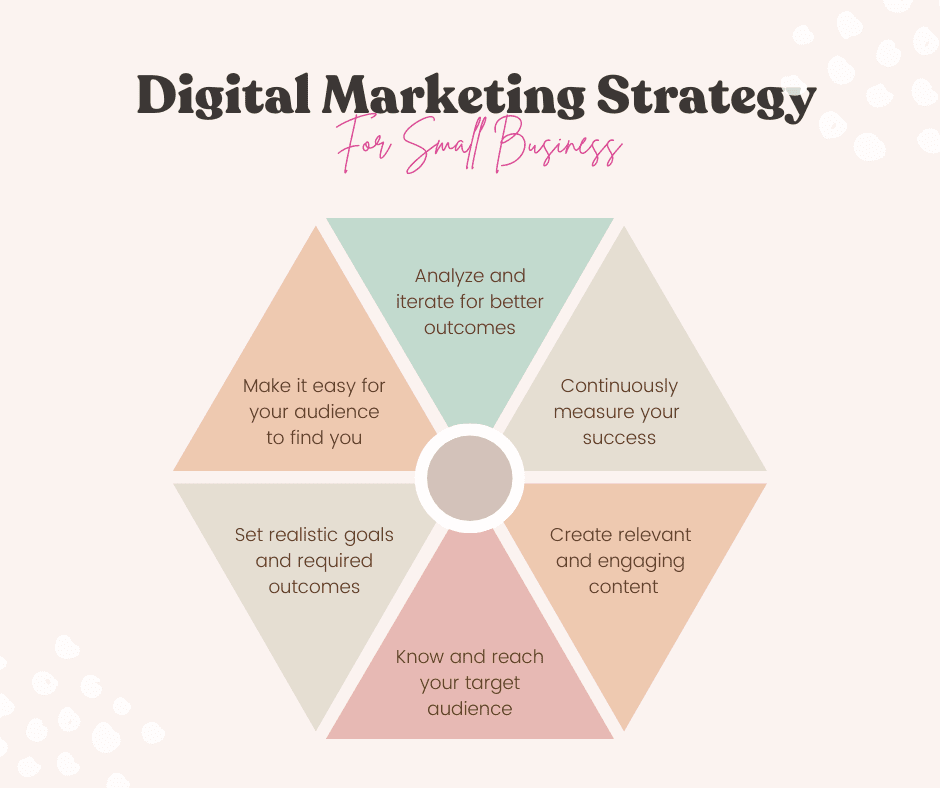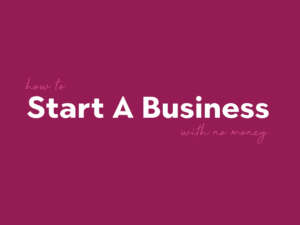The “build it and they will come” strategy does not fly as a business plan. Your customers have so much competing for their attention.
Content floods and clogs your marketing channels. How do you break through the noise to make sure they not only see but engage with your messaging? How do you develop marketing campaigns that create a profitable ROI?
Building a killer marketing plan isn’t easy, and it’s not an overnight process. Here are the three key elements any marketing plan needs to succeed.
Know Your Company
Before you begin brainstorming any marketing tactics, you need to first have a clear understanding of your business plan. What sets your business apart? What potential threats do you see to the longevity of your company? How will those impact your marketing goals? What is your vision statement?
Being aware of your business’s model helps you build your marketing plan. You know the positives to highlight, and you know what pitfalls to avoid and plan for.
A great way to determine where your company stands in the global market is by completing a SWOT analysis.
Here’s a breakdown of how to perform one:
- Strengths: Identify what your company does well. What makes your company a strong candidate for success?
- Weaknesses: Where does your company fall flat against the competition? What pain points do you have to consider?
- Opportunities: Where does your company have a chance to grow and make their mark? What does your business have in terms of a competitive advantage over sections of your marketing rivals?
- Threats: What could pose a potential threat to your company’s growth in the future?

A company of any size or industry could benefit from this analysis. Let’s do an example SWOT analysis for a local coffee shop.
- Strengths: The mom and pop shop has a passionate team of workers who truly care about the company. Employees are willing to go above and beyond for company loyalty because the small business atmosphere makes them feel cared for and that they aren’t just an employee. The business chooses to invest in employees by giving a higher hourly pay than most of the similar jobs in the area, so there’s a low turnover rate.
- Weaknesses: As a small shop with limited resources, there’s little opportunity for expansion. They certainly don’t have the funds to hire a whole marketing team. They essentially have a cap on how much they could make, since the small shop isn’t willing to spread themselves thin by bringing on more partners to open up a secondary location. It’s run by a husband and wife and they want to keep it in the family.
- Opportunities: The story of a small shop run by a couple resonates with the community. They can really focus on the “support small business” verbiage in their branding. By caring for their employees and growing deep roots in the community, they’ve become a staple in their town.
- Threats: Because they spend extra on quality ingredients, they can easily be undercut by chains who have a much bigger buying power and cut corners on quality. They need to emphasize that even though their product costs more, it’s worth the extra money.
Define Your Brand
Once you know the fundamentals of business plans, it’s time to focus on defining the voice and tone of your marketing plan.
Before you get started, you need to determine your marketing budget. You can’t hire a logo designer before you know how much you have available to spend on digital marketing going forward. Even if you get an amazing logo, there won’t be much room to implement it wisely if you can’t afford to execute the marketing plan.
Here’s a list of the basics you need to consider before developing the marketing plan itself.
- Logo
- Brand colors
- Brand fonts
- Slogan
- Tone of your copy
These things will impact everything from your menus or pamphlets to your websites to the aesthetic of your physical location.
Once you figure out these key elements and develop some of your marketing materials, it’s time to figure out your plan for digital marketing.
Social media has become an invaluable asset to businesses both large and small. Figure out which platforms would best suit your brand. Figure out the bandwidth you have to manage different accounts.
Will you be running them yourself? Will you hire a professional social media manager? Don’t rush into it and get on every platform at once.
While it doesn’t hurt to make accounts just to get the handle on your business name reserved, you want quality over quantity. If all you have time for is Facebook well, just focus on Facebook.
Sporadic posts on other platforms won’t look good, so focus on what you can devote real time to. Think about what platforms your target audience spends the most time on. Invest your time on that site.
Facebook has a great feature where you can schedule posts simultaneously for Facebook and Instagram through the Meta` Business Suite. You can look into that as an option to increase visibility without too much additional effort.
Remember, this isn’t your personal account. Every post you make needs to be carefully planned to align with your brand’s tone and messaging.
Just as social media can make a world of difference to a business, you absolutely need to have a killer website. A website is your business’s digital storefront. Welcome viewers in with an aesthetically and functionally pleasing experience.

Anticipate Adjustability
Every solid marketing plan follows trends. It’s impossible to fully predict every trend months in advance. While you can do market research and make educated predictions on where your target market is heading, there’s no way to account for every viral trend that arises day to day.
For example, sounds on TikTok will explode in popularity within 24 hours, and to get the maximum visibility for participating in the trend, you need to pivot your content to fit that sound. There’s no way to create that content in advance.
So when you’re devising the TikTok aspect of your marketing, you can look at your broad strategy: how many posts a day, the messaging of your content, who is in charge of shooting and producing. But you need someone paying attention to the trends day by day so you can make content that matches the current climate.
There are some you can make in advance. For example, if you aren’t using a sound, you can make that video and save it for a future date. But you need to leave space in your calendar for someone to conform your content to trends as they arise.
That’s just one example of a marketing strategy that requires adjustability.
For example, Universal Yums, a monthly snack subscription box that highlights one country each month, put out a statement in March 2022. They had planned for March’s box in the summer of 2021, well in advance of its release.
Unfortunately, March’s featured country was Russia. Understandably, people could be upset by receiving a box filled with Russian food the same month that Putin launched his attack on Ukraine.
The statement handled the situation with dignity and grace. They gave customers the option to switch boxes to a different country, and if they chose to keep the Russian box, they encouraged you to open up a conversation about the nuance of the situation.
When you create a marketing plan, you need to exercise adaptability to pivot in case the global conversation changes in a way you did not expect.

A Solid Business Plan Always Includes Marketing
It’s essential to build a company, product, or service you’re proud of. At the end of the day, you could have the most amazing business marketing plan in the world, but your marketing efforts will be in vain if they lead to a subpar product.
Your focus as an owner should be making your business and business plan the best it can be. Bootstrapping it on your own will add a heavy weight to your already packed workload. If you have the budget, hiring a professional might be the way to go.
Even if you only hire them to create a marketing plan template or develop a content strategy you can implement, you can save yourself a lot of time otherwise devoted to trial and error.
If you’re looking for advice on how to meet and exceed your business goals, it’s time to sign up for WBD. We have the tools you need to expand your business and grow as a professional. (Including business plan and branding worksheets that you can download!) Check out our membership tiers and sign up today!
Published in Business, Featured ArticlesAuthor, Artist, Photographer.
Sarah Margaret is an artist who expresses her love for feminism, equality, and justice through a variety of mediums: photography, filmmaking, poetry, illustration, song, acting, and of course, writing.
She owns Still Poetry Photography, a company that showcases her passion for capturing poetic moments in time. Instead of poetry in motion, she captures visual poetry in fractions of a second, making cherished keepsakes of unforgettable moments.
She is the artist behind the Still Poetry Etsy shop, which houses her illustrations and bespoke, handmade items. She is the author of intricacies are just cracks in the wall, a narrative poetry anthology that follows a young woman discovering herself as she emerges from an abusive relationship.






